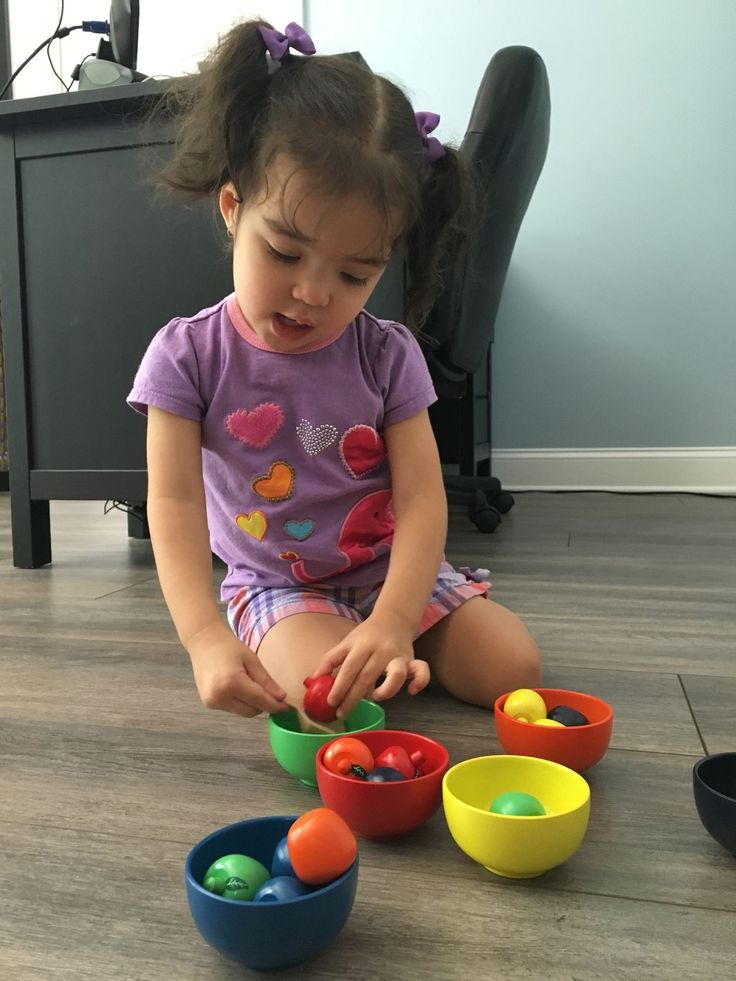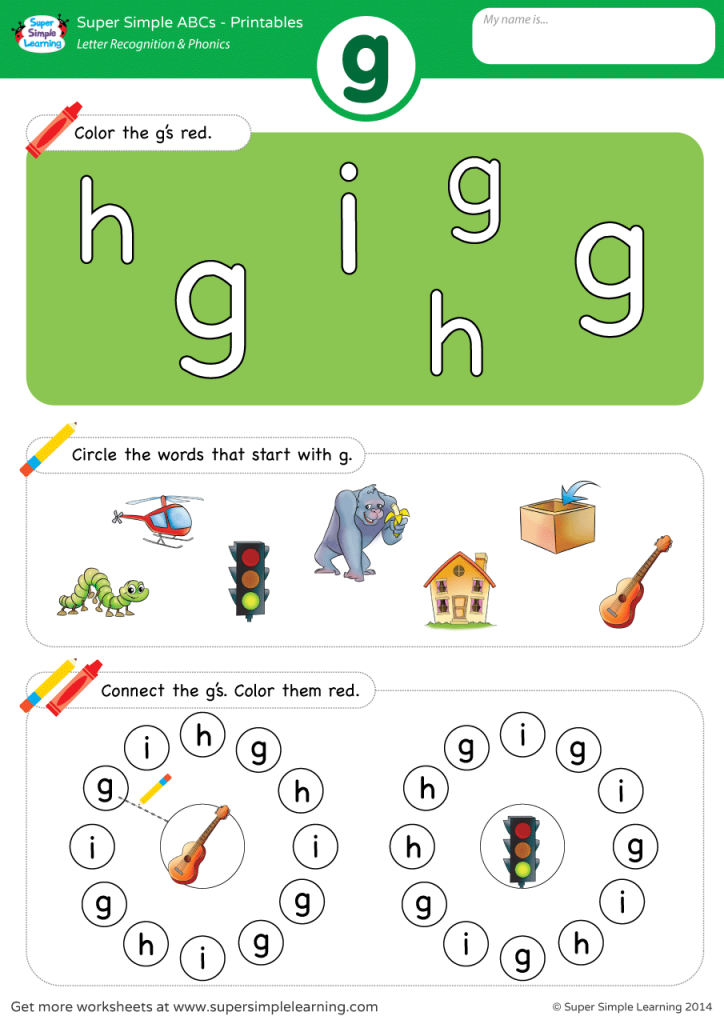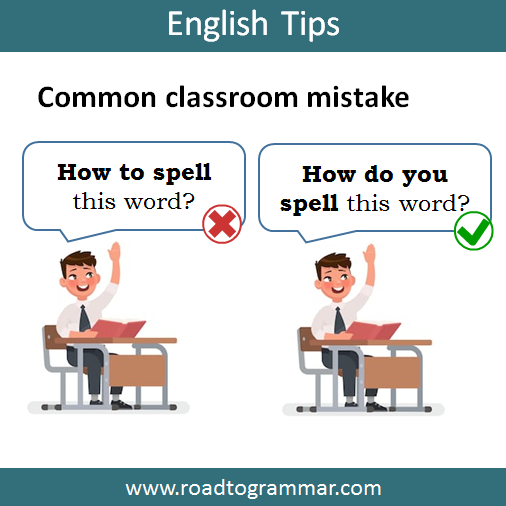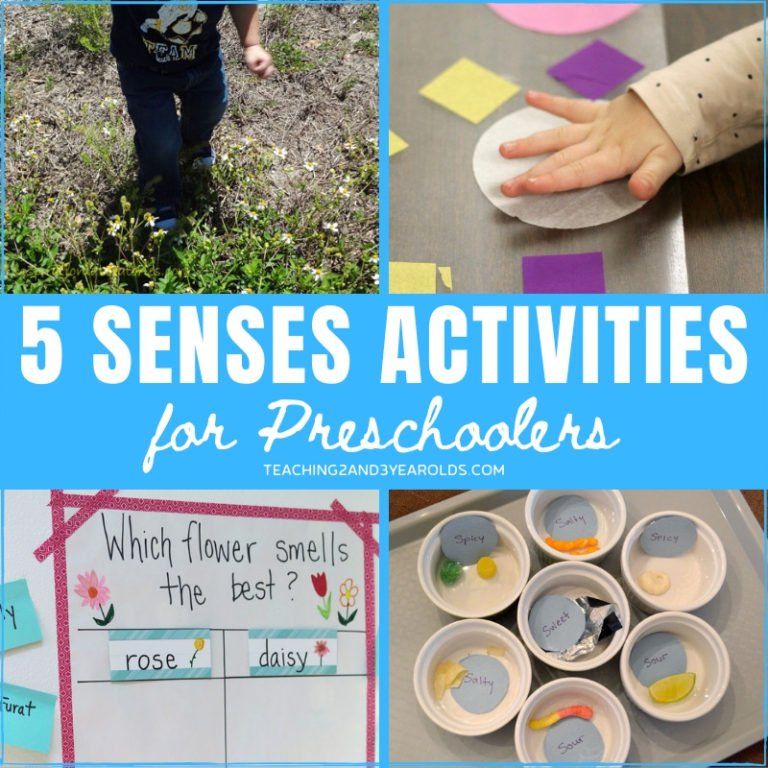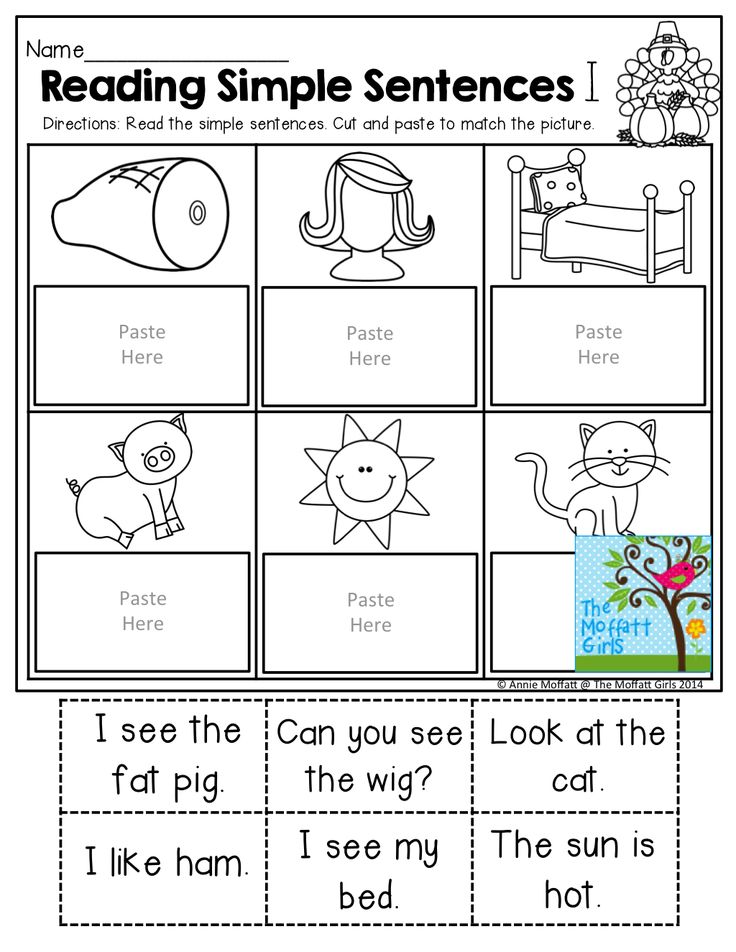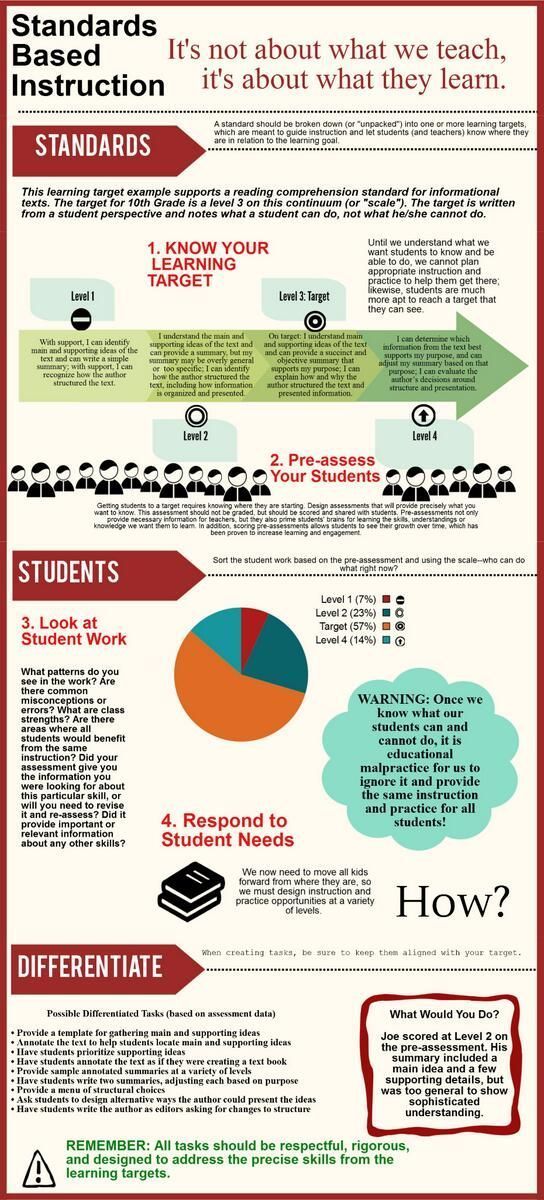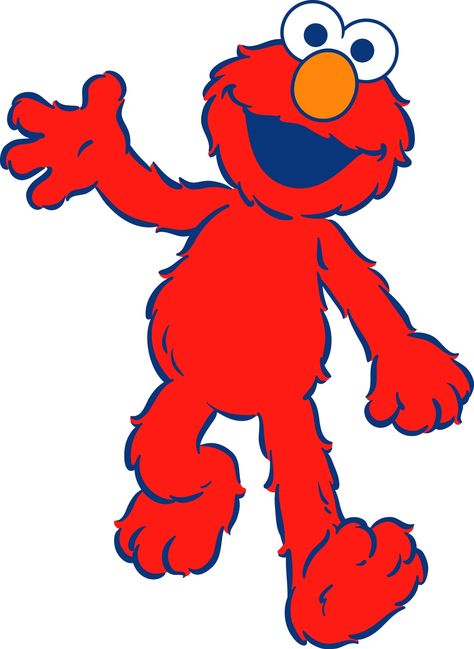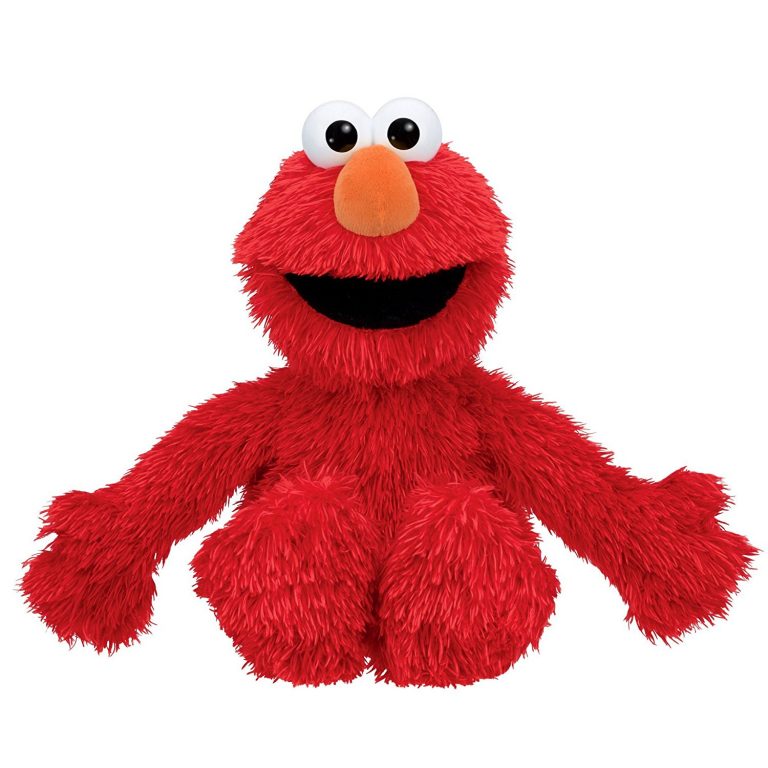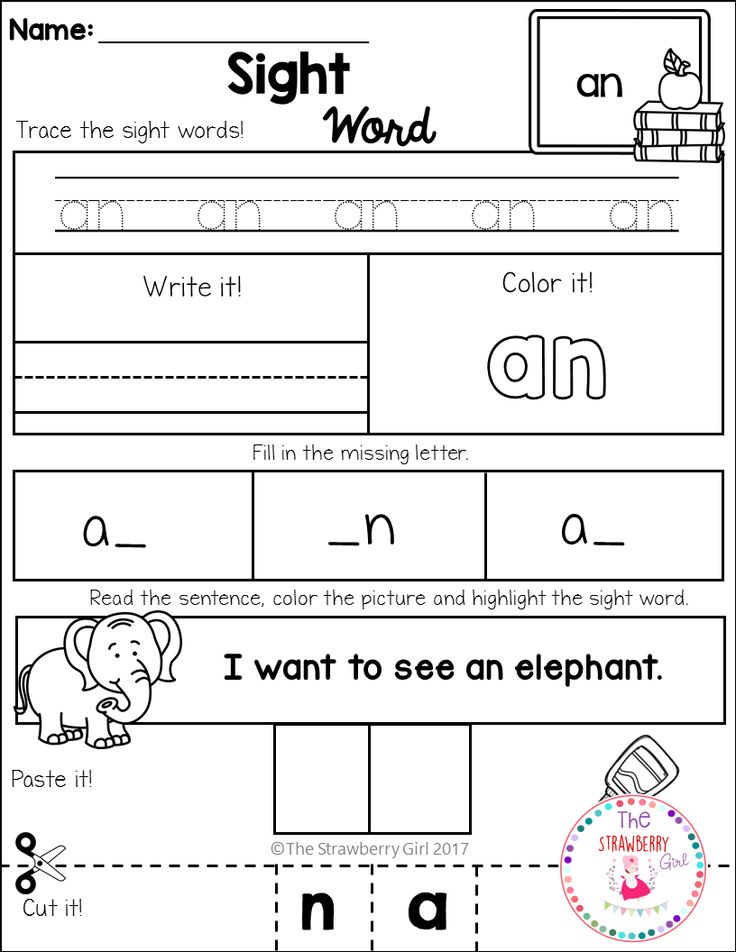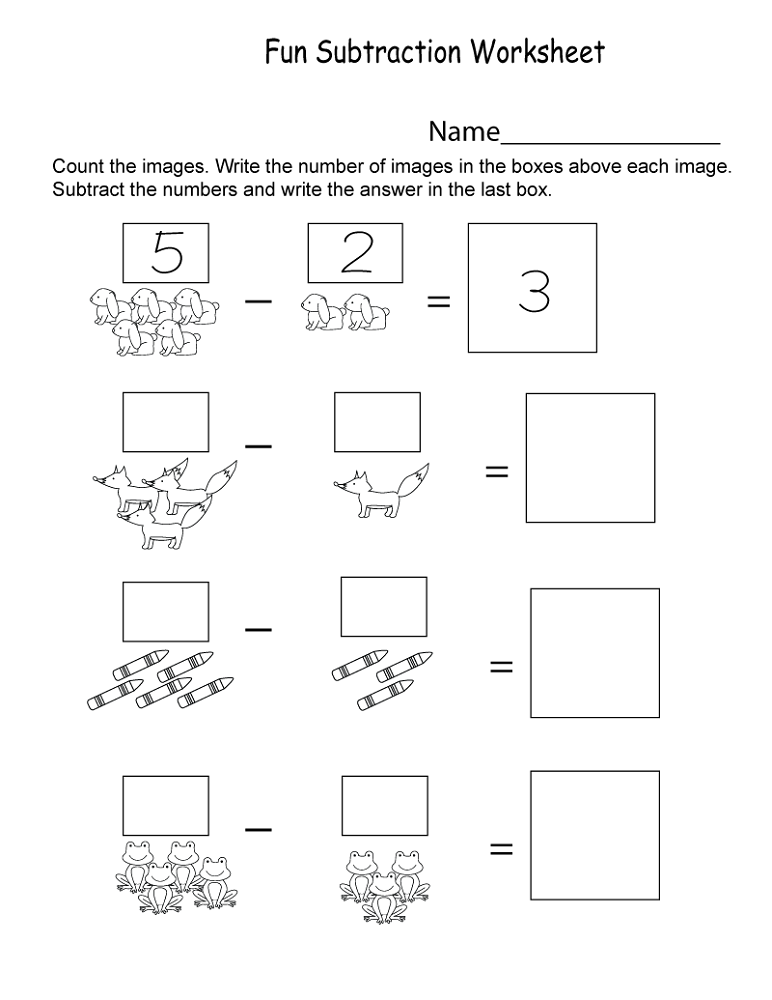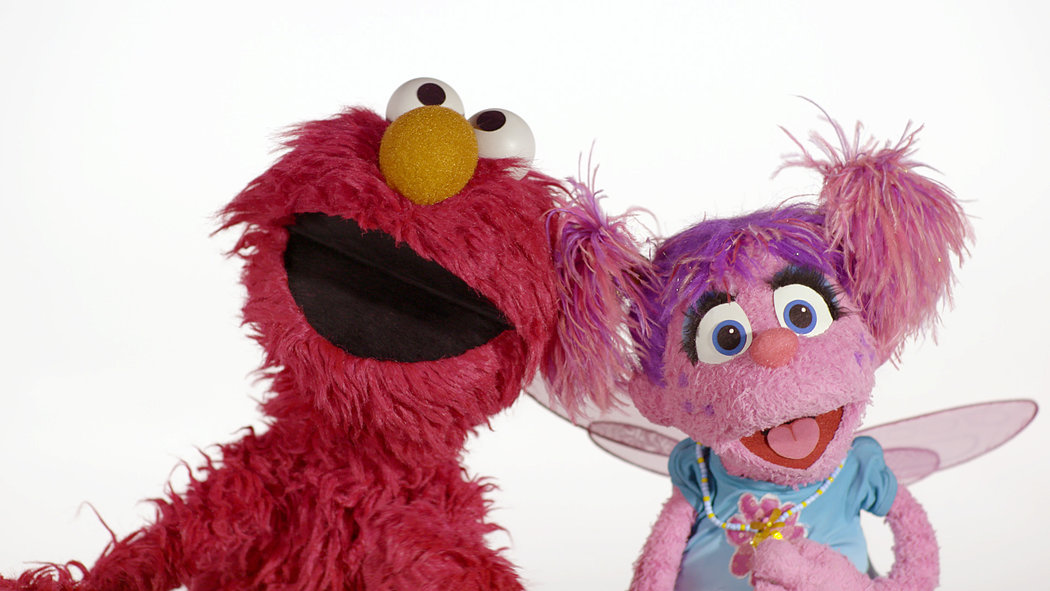4 year old development activities
Fun learning activities for 4-5year-olds
There are loads of games and activities you can try out with your little ones to have fun together and get them developing speaking and listening skills, building vocabulary, counting and other early literacy and numeracy skills.
We’ve pulled together our top seven ideas here and hope you’ll have fun testing them out!
1. Read books together
- Read books of all kinds to your child: picture, words and pictures, pop up, information and poetry
- Why not choose a free eBook from our library to share on-screen together?
- What child doesn’t love hearing a good story? Visit our storyteller page to watch videos of storytellers reading favourite traditional stories.
2. Go to the library
Visiting the library is a great way to explore books together. The library gives your child the chance to discover, flick through and choose from a wide range of different types of books, including fiction, non-fiction and poetry. Many libraries have singing or rhyming sessions for pre-school children. Best of all, it’s somewhere fun to escape to on a rainy day!
3. Sing counting songs
Singing helps children to develop their speaking and listening skills and to have fun with words. Counting songs, like ‘1, 2, 3, 4, 5 … Once I caught a fish alive’, can help your child to have fun with numbers.
Other songs such as ‘Ten Green Bottles’ or ‘Three Little Frogs’ progress in reverse order, which can be especially helpful when young children start thinking about adding and taking away. Using fingers as counters can be a useful way to make a visual link between numbers and quantity.
4. Cut and paste
Using scissors is a useful skill and is a great way to develop co-ordination, control and build strength. Many children find scissors tricky to master so they need lots of practice.
Make paper chains together or ask them to find particular photos in magazines and catalogues (by colour or other categories) to cut out and then stick them into their own pictures.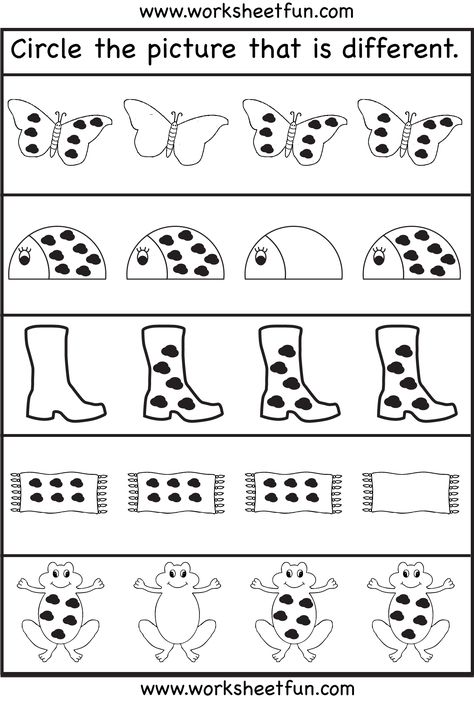
5. Dressing up
Dressing up and role play are great opportunities for talking and listening and for imaginative play. On a practical level, a fun dressing up session can help your child to practise getting themselves dressed. You can fit in a sneaky bit of training with those tricky zips, armholes and buttons.
6. Play maths games
Try these fun intercative games with your little ones to practise maths skills and help to build your child’s confidence. Most children love playing games and it’s an easy way to support their learning.
What’s Inside?
It’s present time! Link the wrapped present to what’s inside by matching the shapes.
Match the Shape
Look at the picture and find all the hidden shapes.
Visit our fun maths activities page for a selection of activities and resources designed to help you enjoy maths with your child.
7. Cook together
Cooking with your child is not only fun but it’s an excellent way to begin to talk about maths – counting eggs for a cake recipe, more or fewer toppings for a pizza.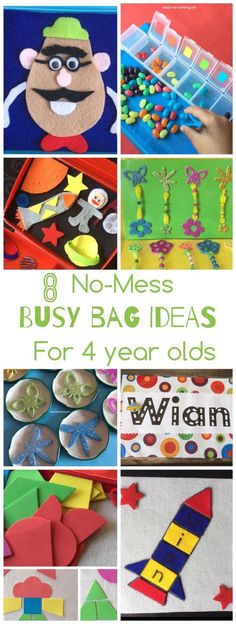 Let them pour liquids or spoon flour to develop eye-hand co-ordination and control. Best of all, you both get to enjoy a tasty treat at the end!
Let them pour liquids or spoon flour to develop eye-hand co-ordination and control. Best of all, you both get to enjoy a tasty treat at the end!
Why not try our banana bread and fruit smoothies recipes?
Video: Cooking with kids
Develop your child’s early maths skills, mathematical language and make maths fun by counting, measuring and estimating while cooking and baking.
22 Best Activities For 4-Year-Olds At Home (2022)
Table of Contents
Updated on by Lyric Fergusson
Four years old is an extremely fun age as your preschooler is learning an entirely new set of skills and perfecting the ones that they have already learned.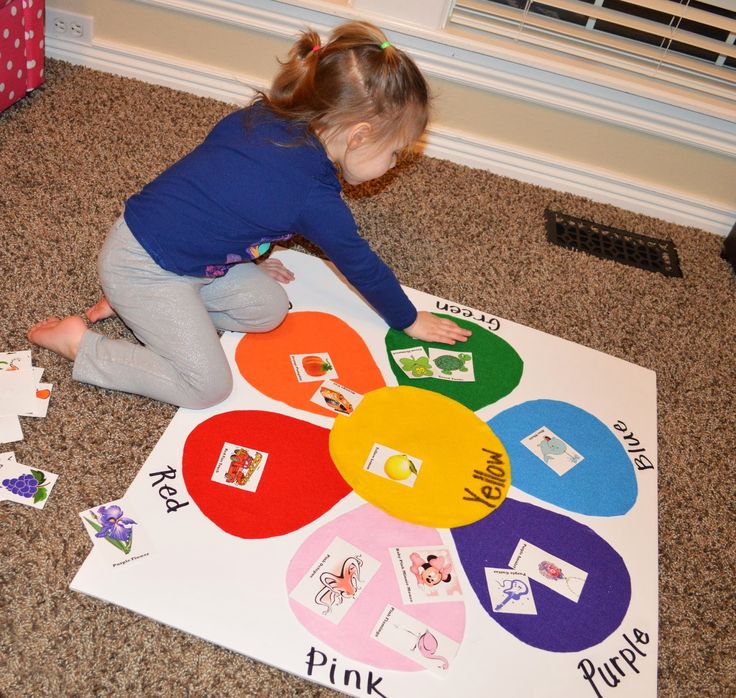
There are never ending opportunities for activities that you can do with your little one and almost as many that they can do alone. Four is a great age to really encourage independent play and give them opportunities to entertain themselves.
Towards the end of the article we also have some helpful suggestions on free activities for 4-year-olds that will keep your little person busy!
Our son, Kingsley, with his baby sister on their new climbing gym.22 Engaging Activities for 4-Year-Olds
-
1. Practice with Flashcards
Flash cards are a fun way for your four-year-old to perfect their knowledge of shapes, colors, letters, and numbers. This is an educational activity that you can do with your child as well as something that they can do on their own.
View on Amazon.com ➜
-
2. Learn with a Play Laptop
Leapfrog laptops are an awesome way to let your preschooler learn their letters in a fun and independent way. Working with the buttons is a great way to improve their fine motor skills and your little one will love working on his laptop while you work on yours.
View on Amazon.com ➜
-
3. Play with Puzzles
At four, your little one should be able to put together a simple puzzle with around fifty or less pieces. Allowing your preschooler to play with puzzles is a great developmental activity that helps with dexterity, spatial awareness, and cognitive skills. As a bonus, this is something that can be done multiple times without it losing its luster.
View on Amazon.com ➜
-
4.
 Practice Drawing with Crayons
Practice Drawing with CrayonsCrayons are fun and inexpensive which makes it an ideal learning activity for a lively preschooler. At four, you are able to give them a little more freedom to color without having to worry as much about the mess they will make. It’s a fantastic and easy activity to perfect their fine motor skills and encourage their imagination.
View on Amazon.com ➜
-
5. Play with Playdough
Play dough has endless combinations which not only makes this fun activity entertaining, but also lasting. Your little one can enjoy hours of rolling, shaping, and cutting all the while using their imagination and creativity.
View on Amazon.com ➜
-
6. Build a Fort
Forts are even more fun at this age than ever before because your preschooler can make it exactly what they want.
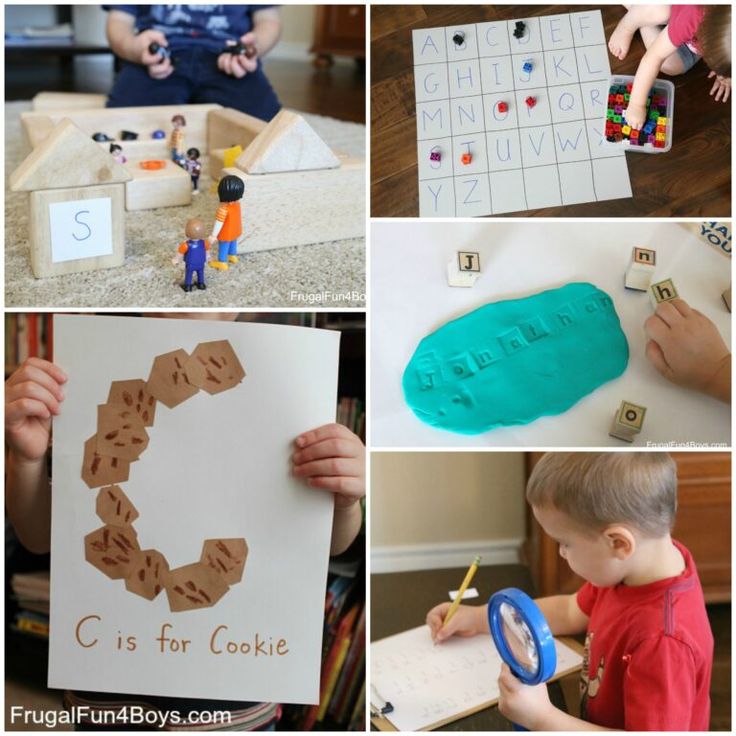 It becomes a fun place for them to read books, play with stuffed animals, and maybe even take a nap. Fort kits are a fun way to let your child’s imagination really run free because of the endless combinations you can create.
It becomes a fun place for them to read books, play with stuffed animals, and maybe even take a nap. Fort kits are a fun way to let your child’s imagination really run free because of the endless combinations you can create.View on Amazon.com ➜
-
7. Ride a Horse or a Unicorn!
PonyCycle is a fun way for kiddos to burn off some extra energy indoors or outdoors. Easy for kids to operate on their own, this riding toy doesn’t require batteries or electricity to move. Functional steering and braking provide a “kid-powered” experience that’s not only practical but a great way to get some extra exercise. Available in a range of sizes and styles, PonyCycle’s soft fur and friendly face make for a lovable plush companion between rides.
View on Amazon.com ➜
-
8.
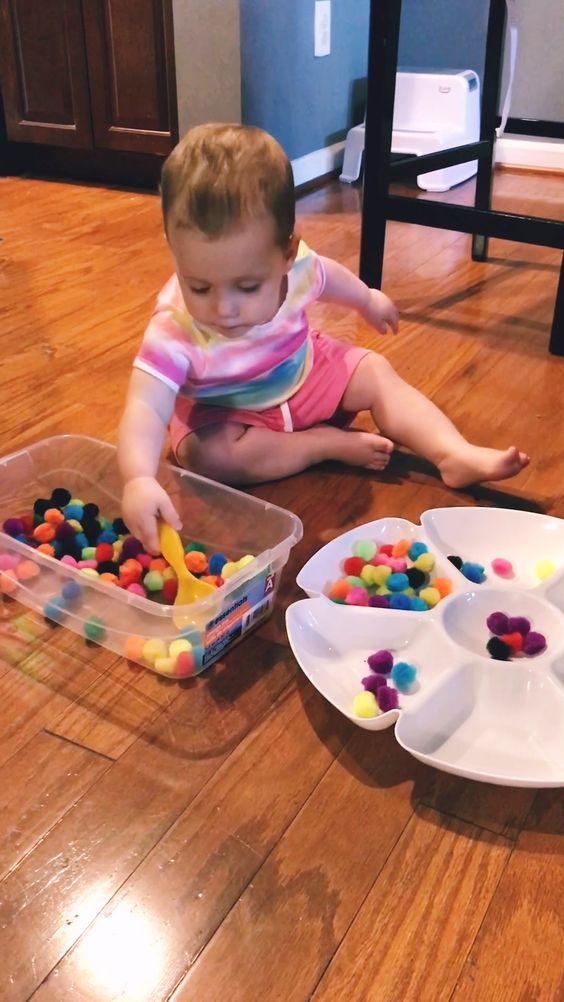 Play a Board Game
Play a Board GameAlthough this is a fun activity for four-year-old’s, it does require a second player. However, board games are a great learning activity to teach your little one about taking turns and following instructions. They will simply feel like they are playing while they are learning these important life skills.
View on Amazon.com ➜
-
9. Play with Musical Instruments
Music is crucial for children’s development and playing with instruments is a fantastic and stimulating activity for preschoolers. Simply playing some music and allowing your little one to play along with it is a fun way to keep them busy and let them learn at the same time.
View on Amazon.com ➜
-
10. Play Pretend with Imaginative Toys
At this age, your little one is using their imagination at all times.
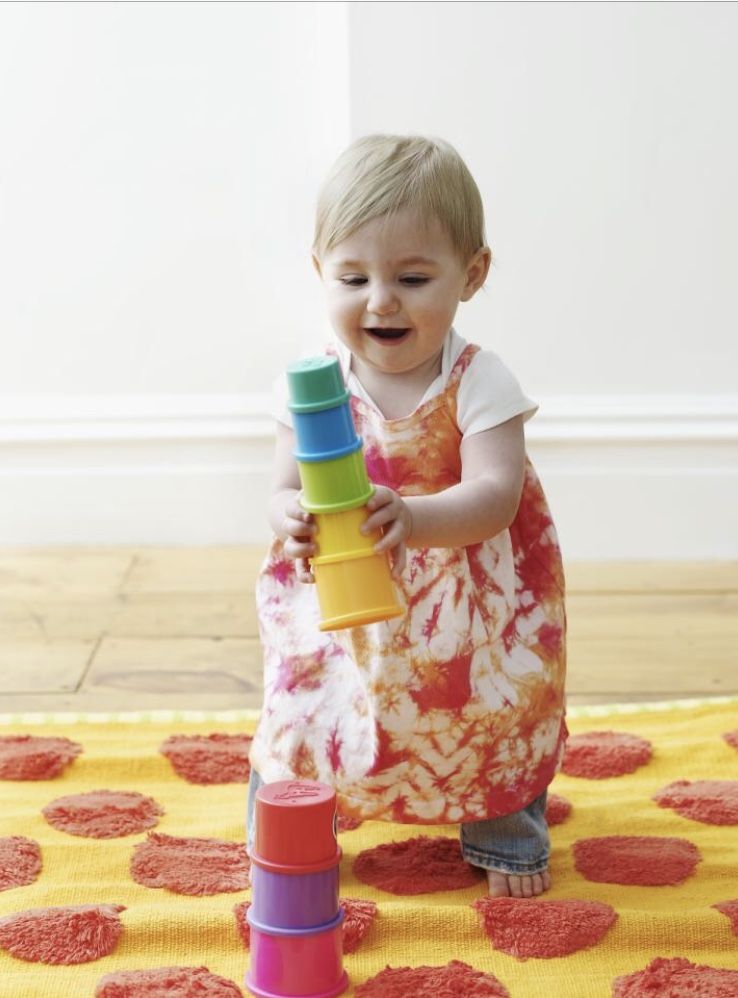 You can foster that creativity by allowing them to play pretend whether that be chef, doctor, or astronaut. Having toys that your little one can play with to help their imagination is a great way to encourage imaginative play.
You can foster that creativity by allowing them to play pretend whether that be chef, doctor, or astronaut. Having toys that your little one can play with to help their imagination is a great way to encourage imaginative play.View on Amazon.com ➜
-
11. Imaginative Play with Dress Up
Dress up is fun for kids of all ages and four-year-olds are no exception. There are a plethora of different costumes you can let your little one experiment with, and they will enjoy running around playing pretend and dreaming.
View on Amazon.com ➜
On An Important Side Note… Asher and I (pictured) feel it’s necessary to highlight the value of life insurance for parents with young kids. After extensive research, we discovered that parents can get insured for as little as $10 per month. We use Ladder Life who offers coverage up to $3M per parent (without a medical exam, just a few health questions) and you can apply 100% online.
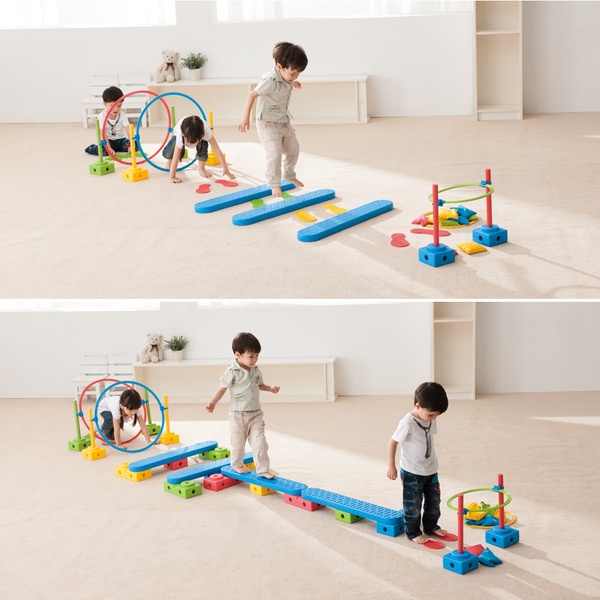
Get a quote in less than 30 seconds at LadderLife.com ➜
-
12. Build with Legos
Legos are great for both imaginative play and practicing dexterity. The bright colors make this a stimulating activity for preschoolers and they will have fun experimenting with different shapes and structures as they learn more about foundations and building techniques.
View on Amazon.com ➜
-
13. Make a Sensory Bin
Sensory activities are an awesome way to stimulate and entertain your little one. At four, you are able to branch out a little bit with the fillers that you use because you are able to trust that they aren’t going to try to eat it. I love using kinetic sand for sensory bins now that my son is older because it not only acts as a filler but also entertainment in and of itself.
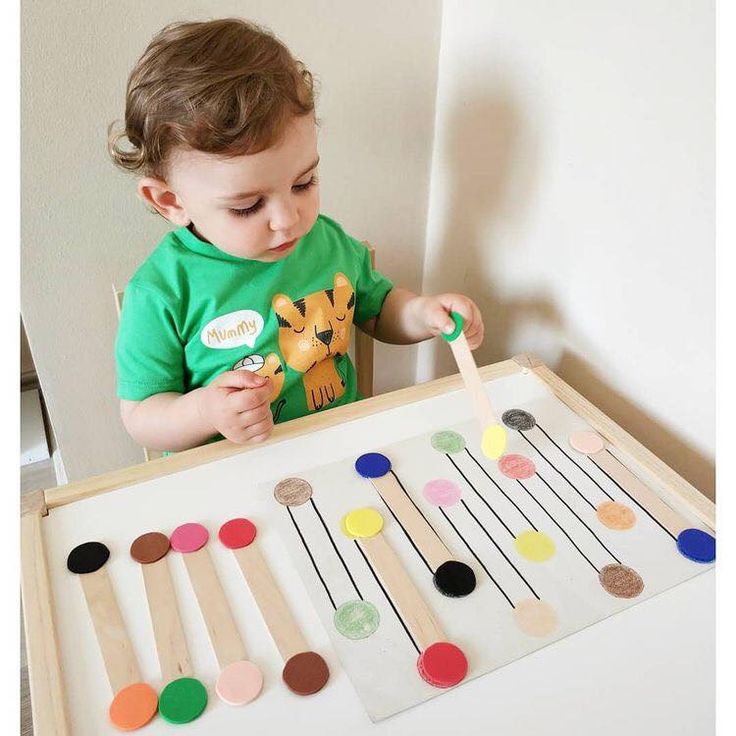 All you need to do is throw in some fun toys and your preschooler can enjoy digging and playing.
All you need to do is throw in some fun toys and your preschooler can enjoy digging and playing.View on Amazon.com ➜
-
14. Play Actively with Bubbles
Bubbles are an awesome way to encourage active play in your four-year-old. In order to make this a hands-off activity for parents, it is important to utilize a bubble machine or toy that your little one can use on their own. For preschool aged kids, these bubble guns are a fun way to let them make their own bubbles without getting frustrated.
View on Amazon.com ➜
-
15. Practice Letters with Alphabet Cards
Four is the perfect age to really start learning how to write and recognize letters. Letting your little one look at letters and practice writing them on their own is a great educational activity to ensure that they will be well prepared when it comes time to learn the alphabet in preschool or kindergarten.
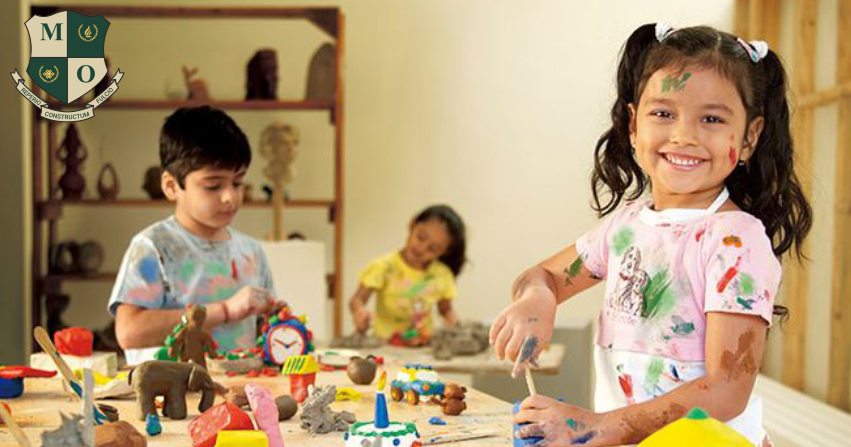
View on Amazon.com ➜
-
16. Cool Off in a Kiddie Pool
On warm days, water activities are a great way to entertain your preschooler as well as instantly improve their mood. If you’re able to sit outside within a safe distance from the pool, you can let your little one enjoy splashing in a couple inches of water on their own. When you add some waterproof toys to this activity, it can keep your child happy and entertained for long periods at a time.
View on Amazon.com ➜
-
17. Read and Learn with Books
Four is generally too young to know how to read entirely on their own, but it’s the perfect age to practice as well as imitate what they see. Flipping pages and looking at the different pictures is a great way to encourage dexterity as well as imagination and it will build good habits for your little one and foster a lifelong love of reading.
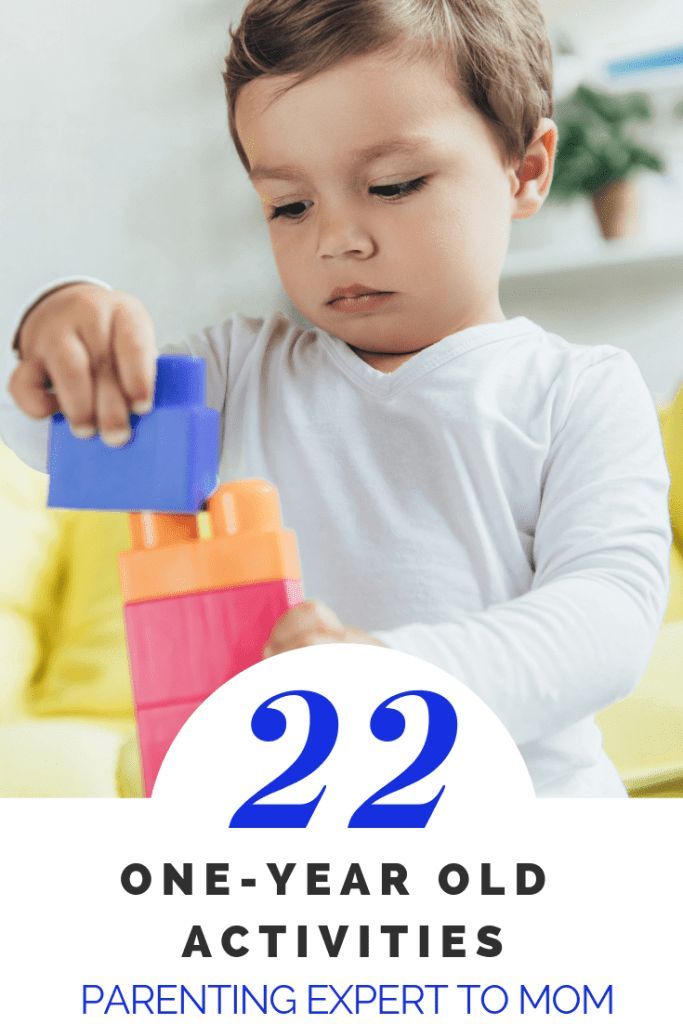
View on Amazon.com ➜
-
18. Play Backyard Sports
Sports are undeniably a wonderful activity for kids, but what you may not realize is that it doesn’t need to be an organized sport for it to be fun. Simply letting your little one play with balls, bats, or hoops in your backyard will be enough to encourage active play and foster a love of sports. T-ball is a great sport that your little one can play entirely on their own so that you can enjoy some time to yourself.
View on Amazon.com ➜
-
19. Practice with Scissor Skills
Arts and crafts are more fun than ever before now that your preschooler is old enough to really participate in them. Kid-safe scissor activities are great for practicing dexterity and fine motor skills and it is a great way to let your preschooler have a little bit of freedom and independence.
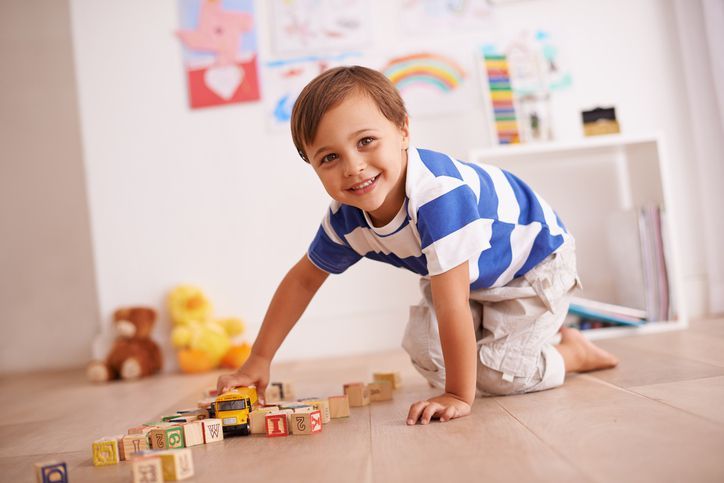
View on Amazon.com ➜
-
20. Explore Nature
Curiosity both works with us and against us at this age, but activities that encourage our preschoolers to use that part of their brain can help to harness it in a productive way. A great activity for curious kids is to let them explore nature within your own yard. My son loves to find cool rocks, pretty flowers, and interesting-looking leaves and collect them in a shoebox.
View on Amazon.com ➜
-
21. Make Puppets
As we mentioned, arts and crafts are an awesome stimulating activity for preschoolers and making puppets is a great way to combine that with imaginative play as they make up a life for their puppet afterwards. Coming up with puppet shows after is another great activity that will last for a long time.
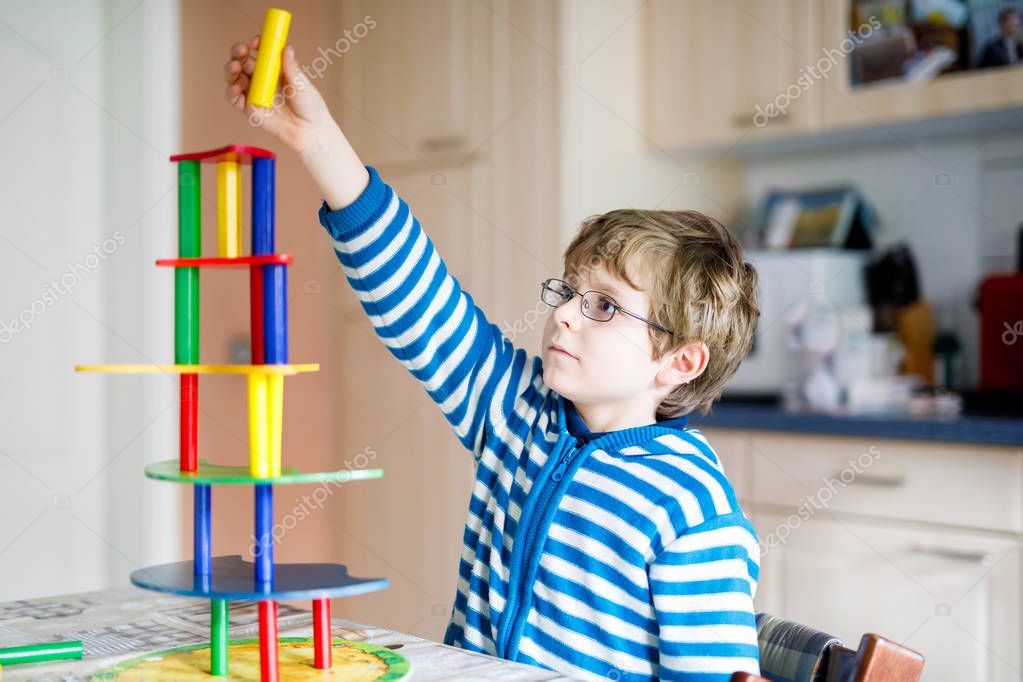
View on Amazon.com ➜
-
22. Make Marble Art
All you need for this activity is a Ziploc bag, some non-toxic paint, a piece of paper, and a couple of marbles. Just place the paper and a couple dollops of paint into a Ziploc bag, throw the marbles in and let your little one push the marbles around. It creates a cool effect on the paper and it’s a non-messy way to let your preschooler finger paint.
View on Amazon.com ➜
7 Free Activities for Four-Year-Olds
If you are looking for activities that don’t require any additional supplies or if you want something that you can do with no notice, we have included some activities that you can do with items around your house.
-
1. Practice Letters
A simple way to let your preschooler practice recognizing and writing their letters is to just take a piece of paper and write an uppercase letter on it and then let your little one copy it.
 You can also do this activity with numbers depending on what you are working on.
You can also do this activity with numbers depending on what you are working on. -
2. Build a Fort
You can build a fort just using items around your home whether that be couch cushions, blankets, sheets, or kitchen chairs. You can let your preschooler experiment with different shapes and structures and then they can enjoy reading or playing in their own private room.
-
3. Make Your Own Playdough
If you don’t want to purchase playdough, you can make it with a few simple ingredients. All you will need is flour, cream of tartar, water, food coloring, oil, and salt and simply mix the wet ingredients and dry ingredients separately. After they’ve been mixed separately, you combine the two and cook over medium heat until it resembles the correct texture. Then you can store it in an airtight container for endless fun!
-
4. Help with Chores
While this may seem like it would not be a fun activity, you might be surprised with how much your little one enjoys doing what they see you do. While doing housework, you can give your preschooler a damp cloth and ask them to clean something in the room you’re working in. Not only is this a great way to teach them to follow instructions, it also encourages them to learn life skills at a young age!
-
5. Have a Scavenger Hunt
You can create a scavenger hunt list, complete with pictures, and let your little one run around your house and find objects. If you can write the list on durable paper, this is an activity that can be repeated over and over again. It is a great way to teach your preschooler to follow directions and complete tasks.
-
6. Have a Dance Party
If you’re okay with a little extra noise in your home, you can hold a dance party for your little one. Music in general is a wonderful developmental activity and your preschooler might even come up with some unique and creative instruments while they jam out.
-
7. Make a Self Portrait
All you will need for this is a piece of paper, a mirror, and some sort of drawing utensils. You can set your little one up in front of the mirror and encourage them to draw themselves by what they see in their reflection. This is a great learning activity to encourage them to look at their own face and recognize parts of it while honing the fine motor skills necessary to draw details. Just be prepared that they will probably also use their imaginations and add details like rainbow hair or a third eye!
Conclusion
While it may be a daunting task to try to entertain an active and lively four-year-old while also trying to do all of the things that you need to accomplish in a day, that doesn’t mean it is impossible.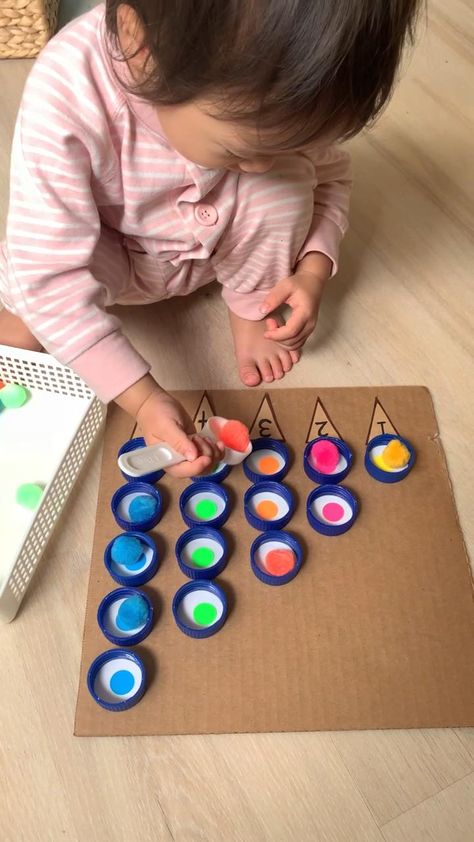 It may even prove to be a fun challenge as you and your preschooler learn and play together and also as they learn how to self soothe and play independently. One or more of the activities on the list would be a great way to get started and help you figure out the best ways to entertain your little one while maintaining your sanity.
It may even prove to be a fun challenge as you and your preschooler learn and play together and also as they learn how to self soothe and play independently. One or more of the activities on the list would be a great way to get started and help you figure out the best ways to entertain your little one while maintaining your sanity.
Developmental activities with a child 2-3 years old
Content
A child at 2 years old: what is he like
Basics of development
Logical and mathematical thinking
Oral speech
Attention
General and fine motor skills
Intellectual abilities
Acquaintance with 00 When a baby turns two years old, he begins to actively explore the world around him, so parents ask themselves the question: how to develop a child at 2 years old correctly? Various tasks for children of this age develop many children's abilities, including speech, social, tactile, creative skills, etc.
A 2-year-old child: what is he like
Children from 2 to 3 years old are very active.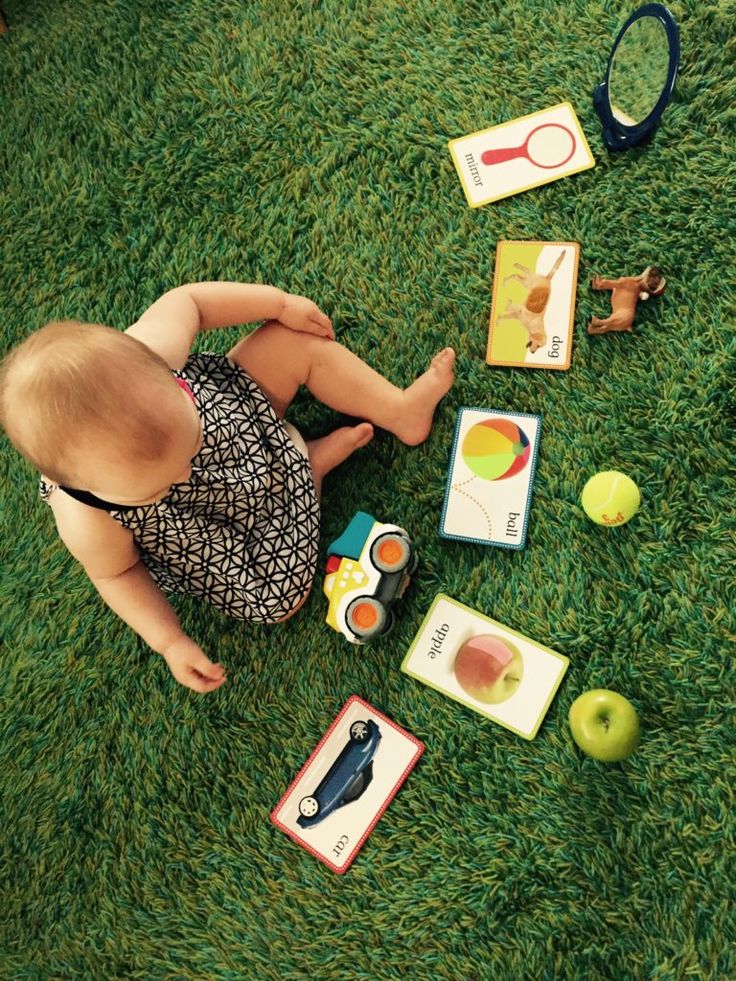 They cannot sit still, they definitely need to try everything and go everywhere, because they are eager to find out how the world works around them. But, despite this, children at this age are more attentive than at one or a year and a half.
They cannot sit still, they definitely need to try everything and go everywhere, because they are eager to find out how the world works around them. But, despite this, children at this age are more attentive than at one or a year and a half.
Two year olds absorb an incredible amount of new information like a sponge, and this is fertile ground for early development. There is no need to buy expensive toys. It is enough to carefully observe the interests of your baby, try to answer his questions, explain everything that he sees around. But do not overdo it: oversaturation with new knowledge can lead to a refusal to perceive it.
2-3 years of age is considered to be a transitional period, from a model of behavior of an early age to the manifestation of one's "I". Very emotional, the baby still hardly holds attention to one thing, but if he is interested, he can enthusiastically engage in 15-20 minutes. Make good use of this time!
Development Fundamentals
For a two -year -old, the key activity is the game.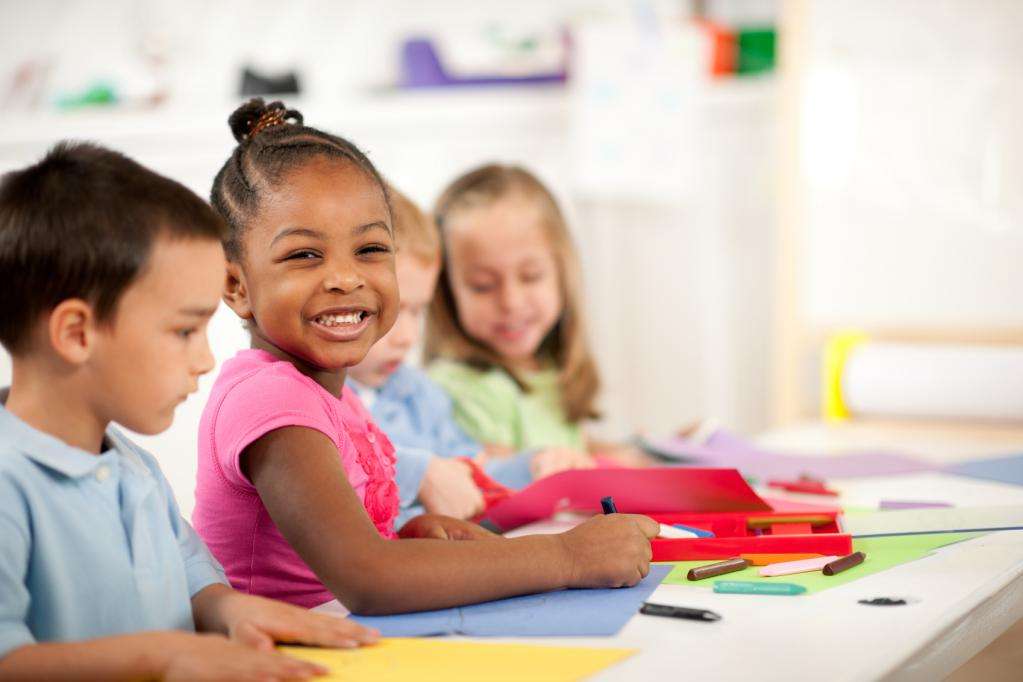 Through play activities, mental, mental and social development occurs. On the other hand, the game cannot be aimless. In order for every minute to bring benefit to the child, it is necessary that the classes be aimed at development:
Through play activities, mental, mental and social development occurs. On the other hand, the game cannot be aimless. In order for every minute to bring benefit to the child, it is necessary that the classes be aimed at development:
- logical thinking;
- oral speech;
- attention;
- fine motor skills;
- intellect;
- the surrounding world.
Logical and mathematical thinking
Mastering space and time. Hide some toy and invite the child to find it, helping with hints ("Let's look in the closet / under the table / bedspread ...").
We distinguish the time of day. You can talk about this topic during the day, for example, at breakfast, tell the baby what time of day it is, and before going to bed, ask what he was doing in the morning, afternoon and evening.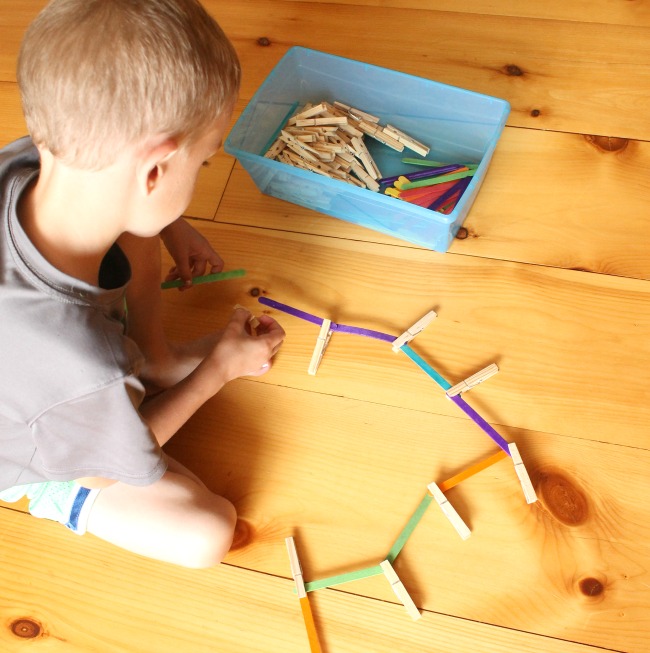
Learning to count. It is better to start studying mathematics not with abstract numbers, but with things understandable to the kid. Count everything around: steps, steps, fingers, toys). Teach your child to show his age on his fingers.
Putting puzzles together. This is a difficult task, so you can't do without the help of an adult. Choose pictures from 2-6 elements. Of the two paths “difficult puzzle - mom help” and “easy puzzle, but on your own” - prefer the second.
Learning to compare. Studying the concept of "a lot-little", lay out two piles of buttons - the child must determine which is more and which is less.
Speaking
Reading . Take a book by age, with large print and pictures. Discuss the plot of the story with your child as you read. Ask questions, praise for the correct answers, give hints if the baby is having a hard time.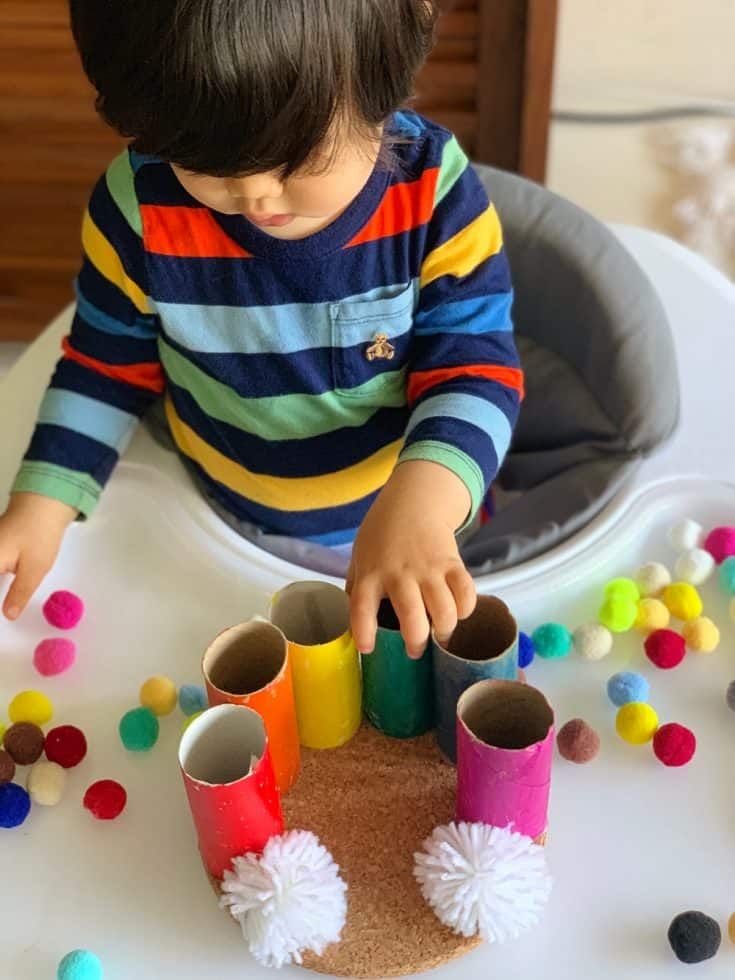
Puppet theater . Not only special dolls are suitable for him, but also toys familiar to the baby. The first performance is staged by an adult, showing an example, then we connect the child. Entrust him with the main role or tasks of the director.
Finish the sentence game . Start saying the phrase, and the baby will finish it. You can illustrate situations from life: “There is a red one here ...”, “This girl is dressed in ...”.
Expanding vocabulary . A two-year-old understands more words than he can pronounce. Speak with him all the events of the day, even “what you ate”, “whom you played with”. This lesson improves pronunciation, teaches the baby to share his thoughts with his family.
Caution
Find item . Any place will do: in nature, on the street, in line at the clinic, at home. Ask the child to show a white car on the road, find the character in the picture.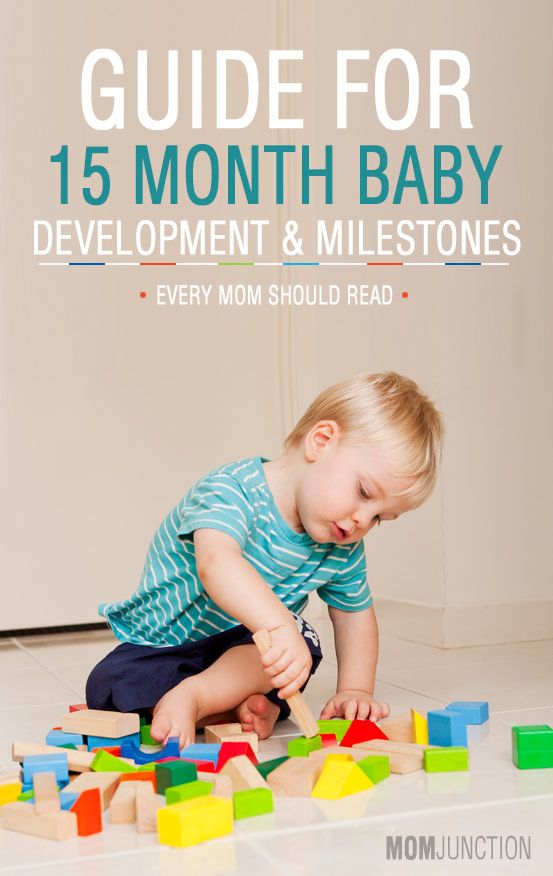 The main thing is to be interested!
The main thing is to be interested!
Find the common feature . Arrange items according to a common feature, for example, with the same pattern, color, shape. It is important that the objects are diverse: a mitten, a saucer, a picture in a book.
We build according to the drawing . There are a lot of games with drawings for this. Buy an age-appropriate set (2-6 pieces) and let your little one build a tower or house on their own.
General and fine motor skills
Modeling . Choose high-quality plasticine of different colors, which can also be successfully memorized in the game.
Application . This case will not only strengthen the fingers, but also deepen creative thinking.
Dressing and undressing . Let the baby dress up the toy on their own or get ready for a walk.
Water games . It is most convenient to play with plastic children's utensils. Let your child play around in the water with the toy teapot and cups.
It is most convenient to play with plastic children's utensils. Let your child play around in the water with the toy teapot and cups.
Hand washing . Teach your child to wash their hands without the help of an adult, after a walk and before eating. At the same time, he will master the skills of hygiene.
Angler game . Need balls or small toys. Throw them into the water (most convenient when bathing) and invite your baby to catch them with a spoon.
Intellectual ability
Music . Teach your baby and yourself to the classics, using them as a background while reading fairy tales and creative activities. Praise for wanting to dance.
Drawing . A two-year-old is already drawing quite consciously, trying to draw herself, her family, using circles, lines, squares. He learns to paint over the drawing without going beyond the contours.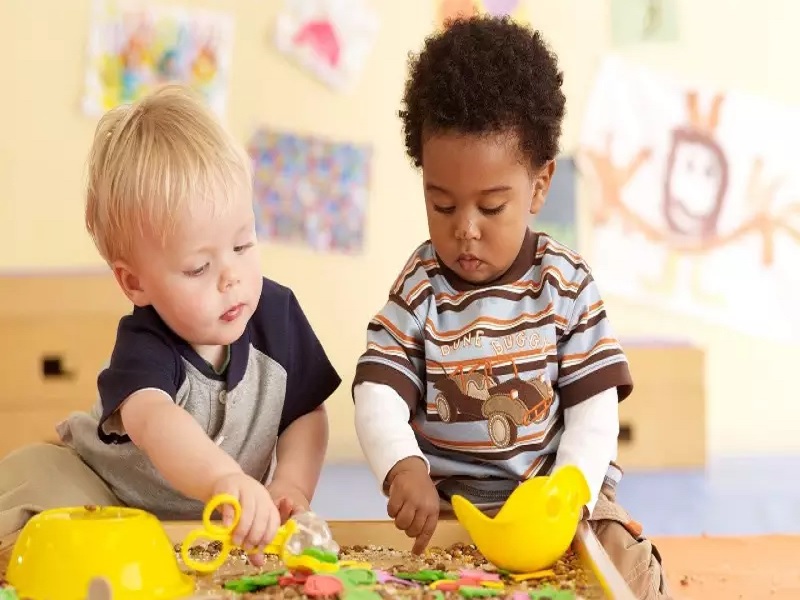 Draw together! Let the baby finish drawing your schemes of the sun or the animal himself.
Draw together! Let the baby finish drawing your schemes of the sun or the animal himself.
Role play . Encourage your child's initiative in composing a play scenario with dolls or real people. Plots can be taken from life: go to the store while at home, send the doll to the doctor, school or kindergarten. It is important that the baby is the main one in the game.
Getting to know the world around us
Learning about animals . We talk about animals, we name parts of their body, cubs, what they eat and where they live. We tell you what role an animal or bird plays in nature, whether it matters to a person.
Watching nature . It is important to explain how rain, snow and other weather phenomena occur.
Studying the flora of the area . On the street, pay the child's attention to the plants, tell them what they are called.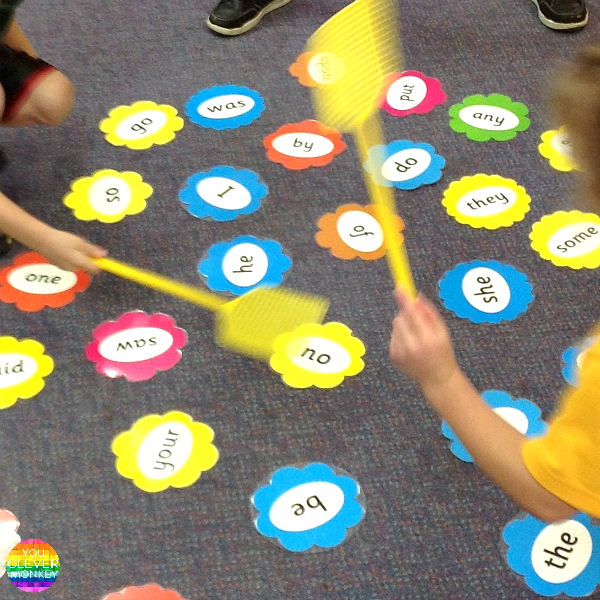
Learn fruits and vegetables . Learn the names of familiar foods with your baby. Check in everyday life by offering to take an apple or a banana from a plate.
Distinguishing materials . Tell us what the objects around us are made of. They are wooden, metal, paper.
Working with a child is not difficult! Some games can be used even while walking, others require preparation. However, such exercises will become a powerful basis for the further development of the baby. He will be better aware of the world and strive for new knowledge.
Items — Miracle Child Preschool Center
Miracle Child
Items
English
- 30-minute lessons with an experienced teacher in a playful way from 4 years old
- development of linguistic abilities
- activation of thinking, memory
- conversation training
- learning poems, rhymes, counting rhymes, songs in English.
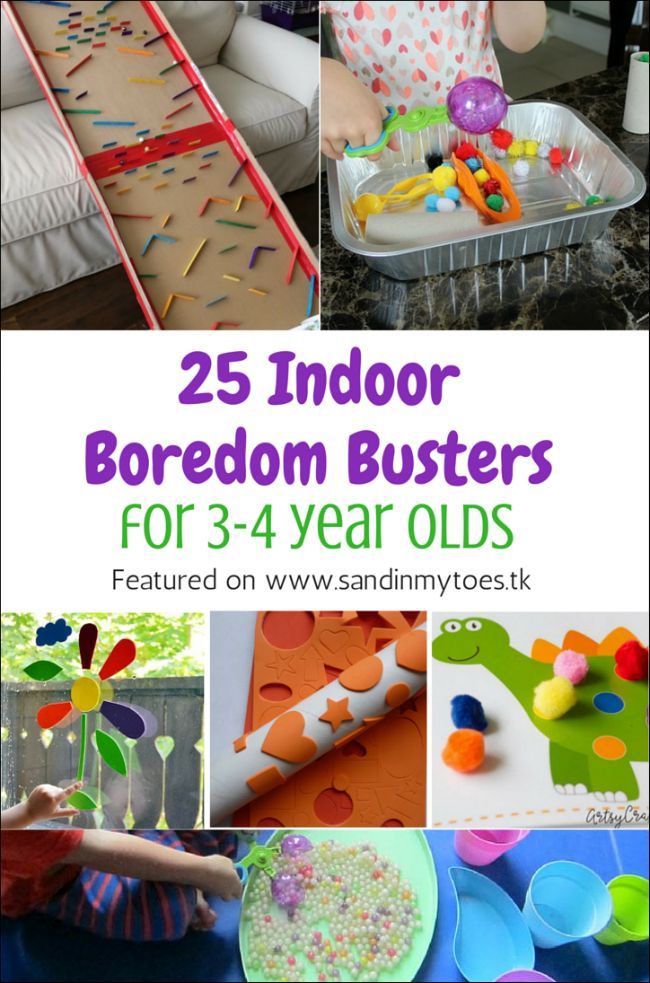
Literacy and speech development
The pre-school language development and literacy course is designed to provide high-quality preparation of children for education in primary school. Goals and objectives of the course development of speech - enrichment of the child's active, passive and potential vocabulary, development the grammatical structure of his speech, the skills of coherent speech based on the speech experience of the child. In the program: all-round development the personality of the child, his value ideas about the world around him, his outlook, intellect, personal qualities. Lessons are built in an entertaining, playful way using speech games, which allows children to successfully master sound analysis, with interest to observe the features of words, their use in speech. Thus, it is formed and developed the main value, the basis of all educational activities, is the creative thinking of the child, on the basis of which a system of knowledge about the language is formed and the need for language proficiency is formed. Literacy education includes elements of speech therapy methodology, which is focused not only on teaching reading to based on the development of phonetic and phonemic abilities of children, but also on the prevention of errors in reading and writing.
Literacy education includes elements of speech therapy methodology, which is focused not only on teaching reading to based on the development of phonetic and phonemic abilities of children, but also on the prevention of errors in reading and writing.
Fundamentals of drawing
Drawing is one of the many joys of childhood. The very first and most accessible means of self-expression is joyful, creative, inspirational work. An artist is one who knows how to think, observe, compare, fantasize, dream, the beauty of the world around him is open to him, harmony and perfection of nature and art. Our task is to develop and preserve in a person the ability given to him by nature to rejoice, to be surprised at what he sees, to create his own world, which means to know it not only with the mind, but also with the senses. Types of fine arts:
- painting
- graphics
- sculpture
- arts and crafts
Visual activity improves the senses and especially visual perception.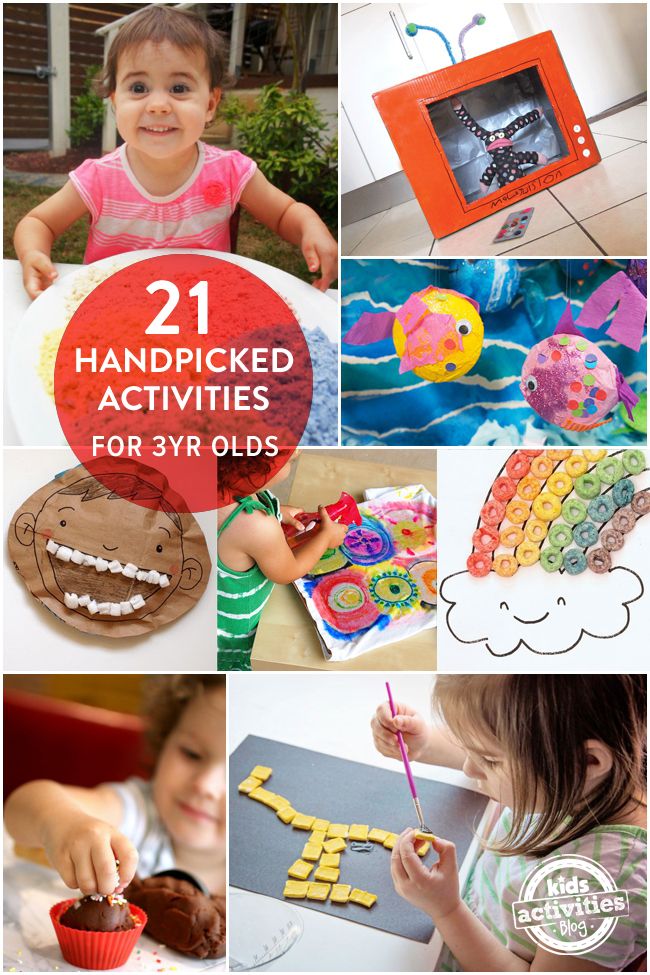 Nurtures creative ability, artistic taste, imagination. The artistic pictorial and ornamental activity of children is the most striking and massive manifestation of children's creative self-expression. The desire for creativity manifests itself in children very early and is first expressed in spontaneous (spontaneous) activity (“scribbles”) associated with the motor energy of the child. After 2 - 3 years, the initial chaotic drawing is organized, the child sees familiar images in his drawing and tries to get closer to real ones. impressions. After 3 - 4 years, the time comes for unusually expressive creative activity associated with independent creation images of the surrounding world and with the decoration of their environment. Children enthusiastically depict phenomena that are close to them or that struck them, achieving amazing expression and harmony in color drawings, they show interest in structures made of different materials, decorative compositions. Gradually, the desire for a graphic story, for plot writing, for game situations.
Nurtures creative ability, artistic taste, imagination. The artistic pictorial and ornamental activity of children is the most striking and massive manifestation of children's creative self-expression. The desire for creativity manifests itself in children very early and is first expressed in spontaneous (spontaneous) activity (“scribbles”) associated with the motor energy of the child. After 2 - 3 years, the initial chaotic drawing is organized, the child sees familiar images in his drawing and tries to get closer to real ones. impressions. After 3 - 4 years, the time comes for unusually expressive creative activity associated with independent creation images of the surrounding world and with the decoration of their environment. Children enthusiastically depict phenomena that are close to them or that struck them, achieving amazing expression and harmony in color drawings, they show interest in structures made of different materials, decorative compositions. Gradually, the desire for a graphic story, for plot writing, for game situations.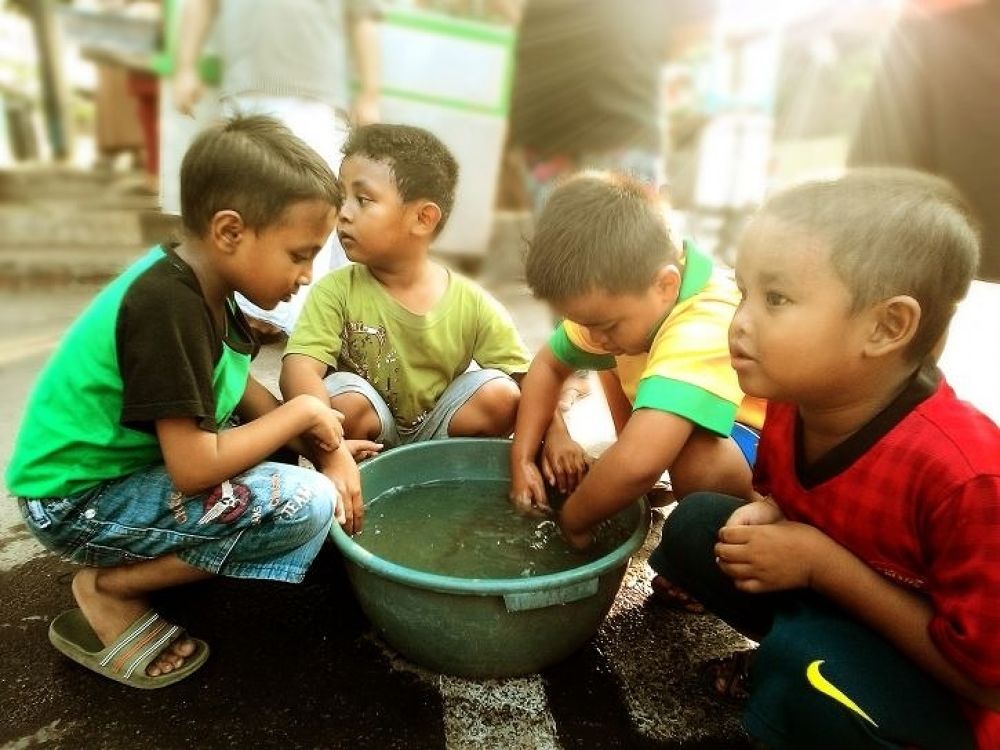 This period is of great importance for the development of artistic talent. Fixing a bright pictorial fantasies with the help of a teacher are the goal of art pedagogy at this stage.
This period is of great importance for the development of artistic talent. Fixing a bright pictorial fantasies with the help of a teacher are the goal of art pedagogy at this stage.
Educational games
The basis of classes with children 2 - 3 years of age is based on 3 principles:
- rich environment for a variety of activities;
- greater freedom and independence of children in activities and games;
- sincere interest of the teacher in all their affairs.
From the age of 3, Zaitsev's cubes and his mathematical tables are used in classes. We do not aim to teach children everything as early as possible, we try to create conditions for the development of their abilities according to their possibilities and desires.
Sensor
The period of preschool childhood is a period of intensive sensory development of the child, improvement of his orientation in external properties and relations of objects and phenomena, in space and time.